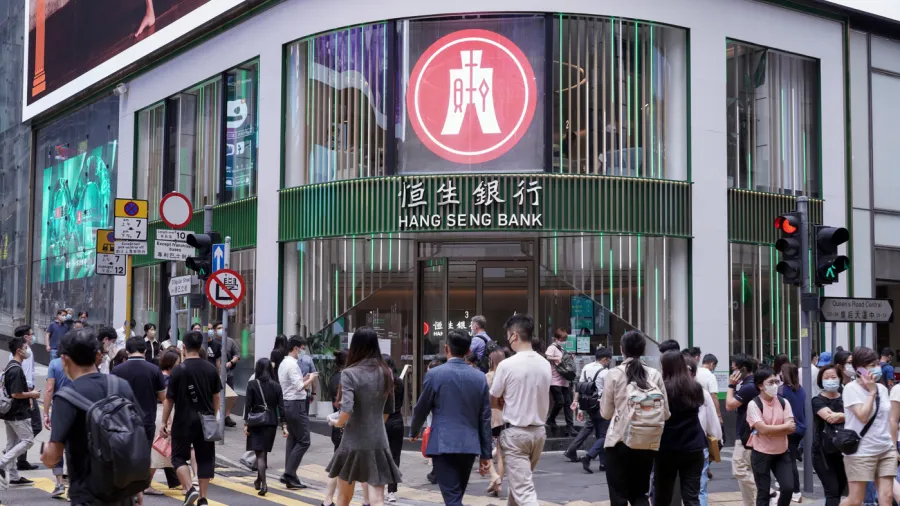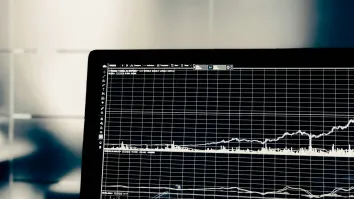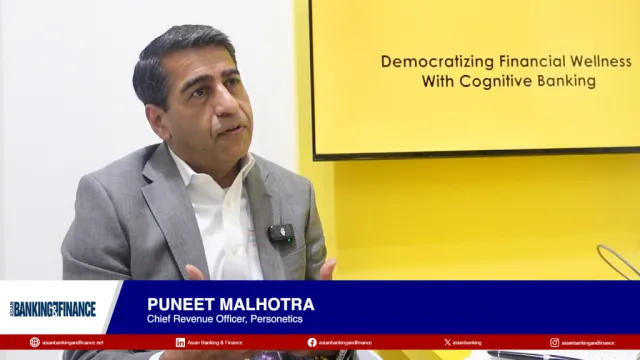
Hang Seng Bank’s credit risks rise, but capital buffers remain strong
Credit losses rose to HK$4.86b in H1 versus HK$1.5b a year earlier.
Hang Seng Bank’s credit risks are rising as Hong Kong’s commercial real estate sector continues to face challenges.
But the bank should be able to navigate the challenges given its “strong market position and capitalisation,” according to a report by S&P Global Ratings.
“We expect Hang Seng's credit loss ratio to continue to rise in 2025, constraining profitability. The impact is likely to remain manageable, in our view, because of the bank's solid profitability before impairment charges,” S&P said.
The bank’s credit losses rose to HK$4.86b in the first half of 2025, from HK$1.5b during the same period in 2024.
“We expect Hang Seng's nonperforming assets to increase, albeit at a slower pace compared with 2024,” S&P said, noting that Hang Seng Bank is exposed to property developers of various sizes.
“As of June 30, 2025, its credit-impaired loan ratio increased to 6.69%, up from 6.12% at the end of 2024, primarily due to the deteriorated creditworthiness of Hong Kong CRE companies in its secured portfolio, which includes retail and office property collateral,” it added.
Impaired loans in the Hong Kong CRE sector rose to 20.2% by June 30, 2025, compared with 15.2% at the end of 2024.
Hang Seng Bank should have sufficient capital buffers to absorb additional credit losses related to CRE challenges, S&P said.
“The bank's controlled asset growth, reduction in high-risk CRE assets, and decent internal capital generation support this view,” the ratings agency said.
By the end of June 2025, total gross loans decreased by 2%, primarily due to a 5.9% drop in CRE exposure. CRE loans comprised approximately 17.4% of the total loan portfolio, down from 18.1% at the end of 2024.

















 Advertise
Advertise






